Leaving Sorong (thankfully), we hopped an early morning flight to Jakarta and than on again to Belitung. While it was just a transit we were struck with the ingenuity shown at Jakarta airport with their fire extinguishers. Rather that being necessary ugly lumps on the wall they have been painted in a way so as to simultaneously disguise them while at the same time highlighting their location.



Belitung
Beltung is an island north of Jakarta and off the east coast of Sumatra , Indonesia. It is famous for white pepper, seafood products and tin mining.
It is slowly becoming known as a natural tourism destination, particularly for its white sand beaches and granite boulders.
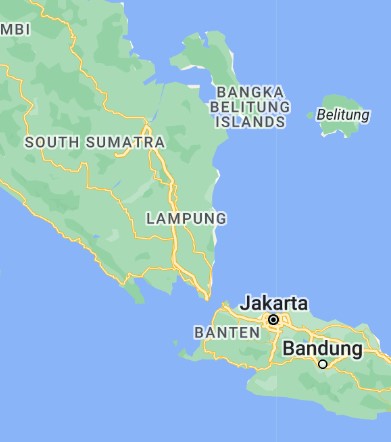
The first thing that struck us about Belitung was that the place was really clean. The telltale (Indonesian) rubbish was not everywhere, there were not burning piles of green waste polluting the air and the whole feel of the place was good. The roads are in great shape and compared to almost everywhere else, the traffic is surprisingly light.
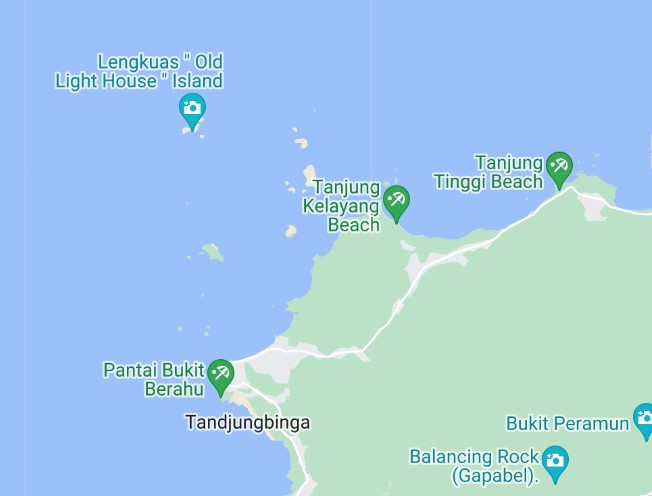
We either stayed too short or too long on the island, depending upon your point of view. It is a place that you can blitz in a day or two, or it is a place that you can kick back for a month.
When choosing location Jill picked the close to town (and food) option rather than the further away beach option. Our hotel was nice, right on the water with an infinity pool facing west. During low tide there was almost a kilometer of sand before you hit the water and at high tide you were surrounded. Facing west, the sunsets were pretty good.






There are not too many things to do in Belitung, with the majority being on the northern part of the island. It is surrounded by lots of tiny islands and granite rock formations. With such surrounds it has made it the perfect place to get in a boat and go island hopping, which was written up as by far the best thing to do.
With that as the benchmark, after a couple of days we signed up to do the day tour. The majority of these involve a pickup from and drop off to the airport or sometimes a hotel. This suggested that the island was a literal day trippers location from Jakarta (one hour flight). The itinerary of the tour was to include: Tanjung Kelayang Beach, Sand Island, Batu Berlayar Island, Lengkuas Island, Kelayang Island & Kelayang Cave, Tanjung Tinggi Beach.
Tanjung Kelayang Beach was the boat meeting and launching point.

Tanjung Kelayang also has the Tanjung Binga Fisherman’s Village nearby for those that want a taste of local traditional life. The beach itself was nice with the renowned granite boulders.





A short distance away you get to Garuda Island With the mythical bird shaped rock formation poking high above the others. Here it is a quick stop (for us at least) for some photos. The local tourists spent about three times as long making sure that they got their pictures.











Next was Batu Berlayar Island and this is when both Jill and I looked at each other and decided that this is where we should have stayed. Not the island, but on the mainland opposite. The stunning white sand beaches, turquoise water, rocky granite islands, underwater coral reefs, and even the Dutch lighthouse were all visible and it was amazing. Oh it was also the location of the big 5 star chain hotels, but there were a few cheapies interspersed in there for us.



Just off the beach (and not mentioned in the spiel) is the Lenkaus Island and the Old Indie Lighthouse. This is an old Dutch lighthouse dating back to the 1800’s.







After the lighthouse we had our obligatory snorkelling stop. The snorkeling was ok quality, however after Raja Ampat really did not compare. There was certainly lost of (hard) coral and small fish but the turtles, tropical fish and larger predators where nowhere to be seen. I did however manage to perfectly capture on film (above and below the water) exactly why the reefs of the world are in such a terrible state. It was a group of local tourists pausing for a selfie while standing directly on a live head of coral.




The next stop was to our lunch location on Kepayang Island. A nice (clean) sandy beach a restaurant in the sand and an included local lunch. A beautiful mix of prawn, crab, calamari, and grilled fish all served with steamed rice, grilled water spinach and a healthy amount of sambal and chilli on the side.






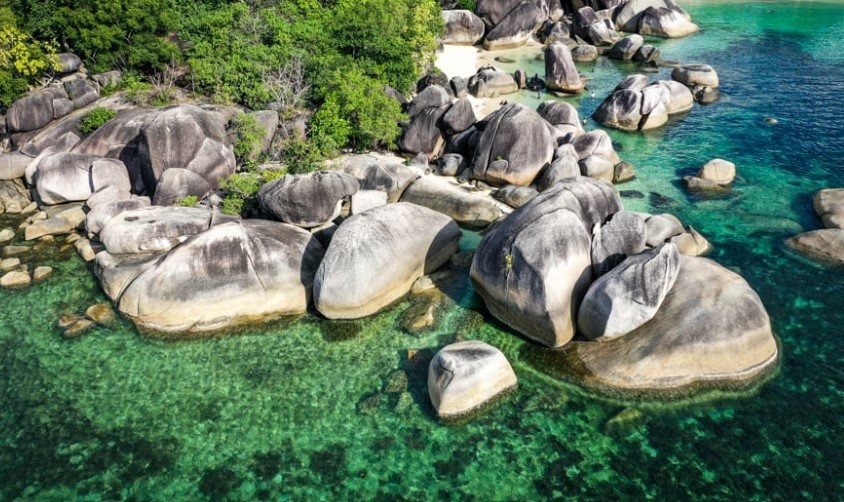
Last stop was possibly the most photogenic of the beaches in Belitung, Tanjung Tinggi Beach. It has perfect blue-green water and giant boulders.
Most of the clouds that had been stalking us all day had mostly burnt off and this was very clearly a beach for the locals. Tons of local restaurants, more inflatable animal floaties than I had seen in years and a nice, flat calm ocean.




But most importantly for us, they had beer. We had been dry for the preceding five days. On a local, Muslim island, beer can sometimes be a bit tough to find. Our hotel did sell them but at prices that exceeded what you would pay back home. So we stopped and had one and took a couple home. Oh the beach is a good sunset spot too.
The tourist walk to town was fairly uninspiring, with very little around to see or do. The roundabouts were a little entertaining, but for the most part we were just in a local community on an out of the way island.
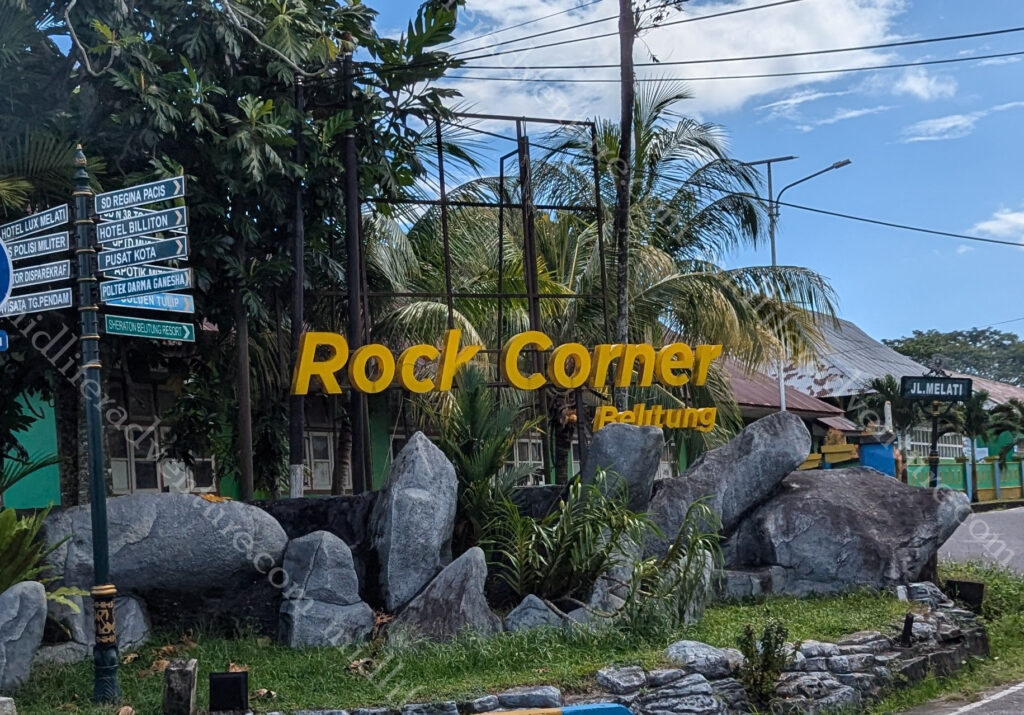
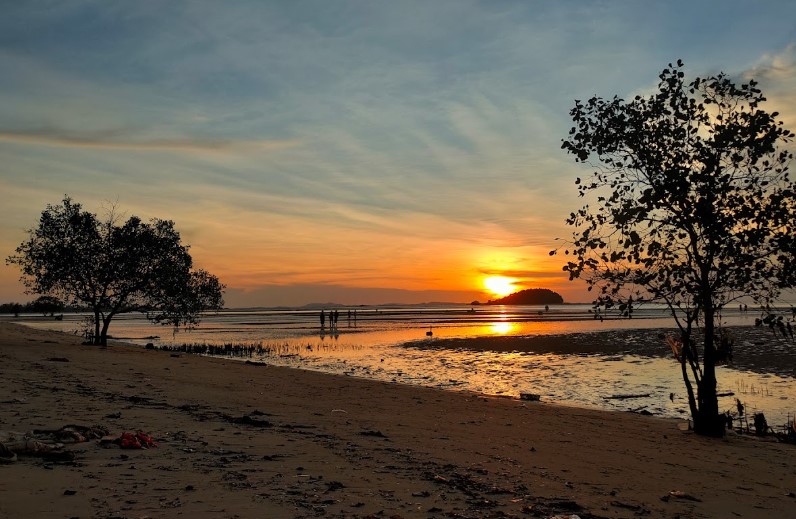
On our tourist wander we went past Pendam Beach which is the beach closest to the main town Tanjung Pandan. As a west facing beach it is popular as a spot to watch the sunset.
Penyabong Beach is a more secluded beach in the southwest about 1.5 hours from town. We did not make it but reports say that it has white sand and no crowds, but recent commentary indicate that trash has built up over the years.
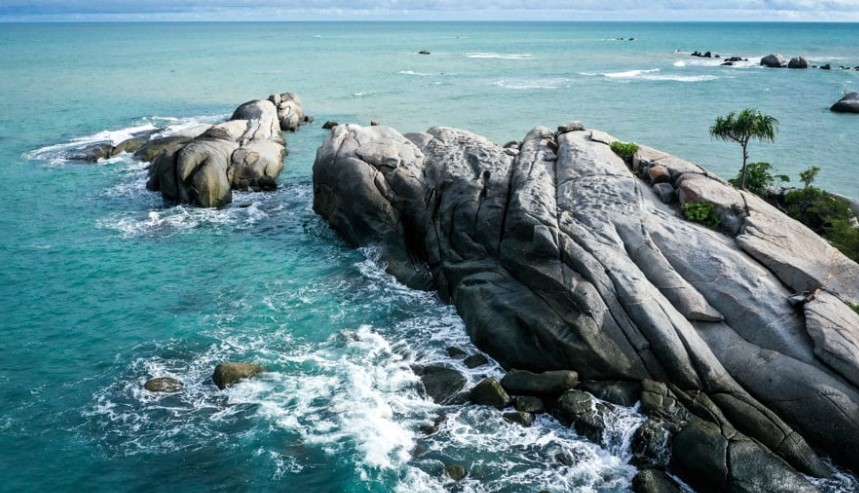
As I mentioned at the beginning, we either stayed too short or too long on the island. A short trip could be done and dusted in 2-3 days but we stayed six. This was mostly to avoid being in Yogyakarta (and the temples) on the busy weekend. But the island is nice, accommodation and food is very affordable and if we had stayed further north (which we would do next time) the access to beer is a little easier.






But paying local prices and staying close to the beach up north, could warrant a bit more time and some further exploration.
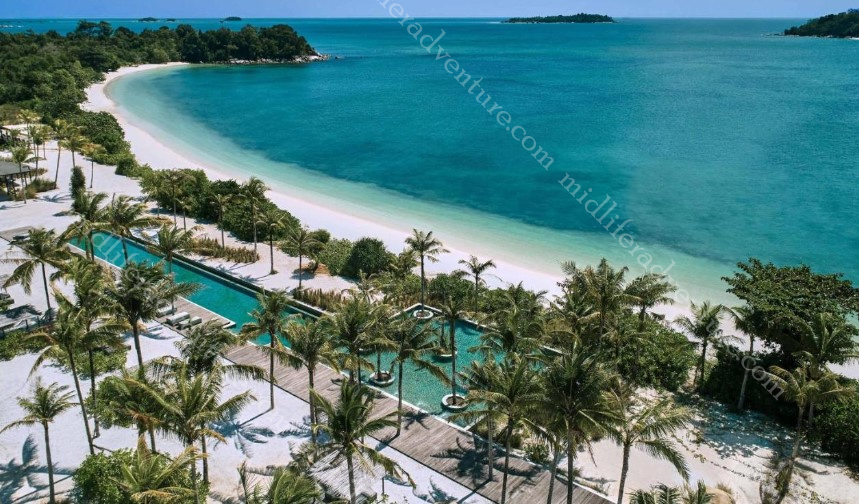
Yogyakarta
Yogyakarta is one of the foremost cultural centers of Indonesia it was the seat of power during the 8th and 9th century and was the driving force behind the creation of the temples of Boribudur and Prambanan. It is a city that maintains the traditional concepts of Javanese culture.
The town itself was nice. It was clean with plenty of food and drink options available. The sights around town were interesting enough, without being amazing. But the real attractions were just outside of town. While I say just outside 42 km (Borobudur) and 17 km (Prambanan) respectively. But these still take at least an hour and a half to two hours to drive to due to the terrible state of the traffic. Not the roads, they are fine, the traffic.
Prambanan Temple
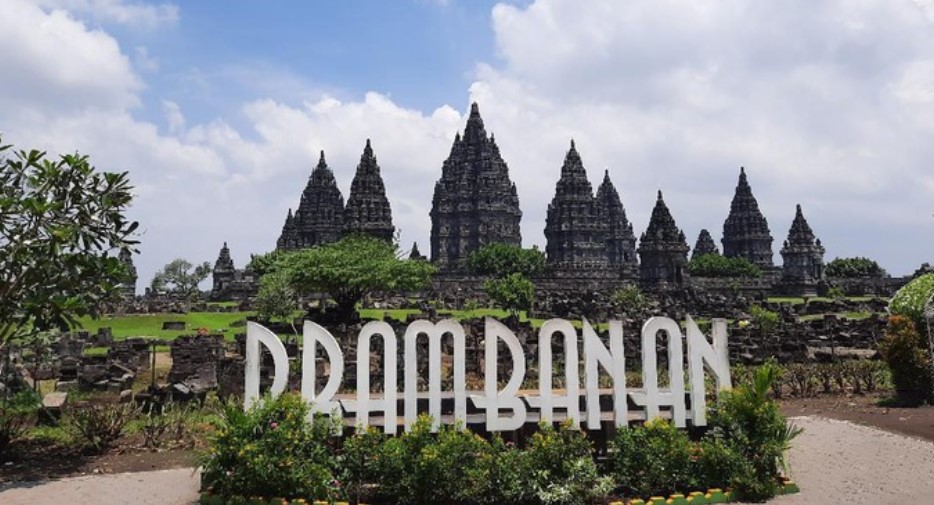
Prambanan Temple was our first port of call, it is the largest Hindu temple in Indonesia. It is not certain when this temple was built but it is thought that it was built around the middle of the 9th century by the king of the Sanjaya dynasty.
The complex is actually a series of four temples (Prambanan, Lumbung , Bubrah and Sewu) with the main one giving its name to the complex.
The original plan of Prambanan Temple was rectangular, consisting of an outer courtyard and three courtyards. The outer courtyard is oval in shape with an area of 390 sqm and was surrounded by a stone fence which is now in ruins.
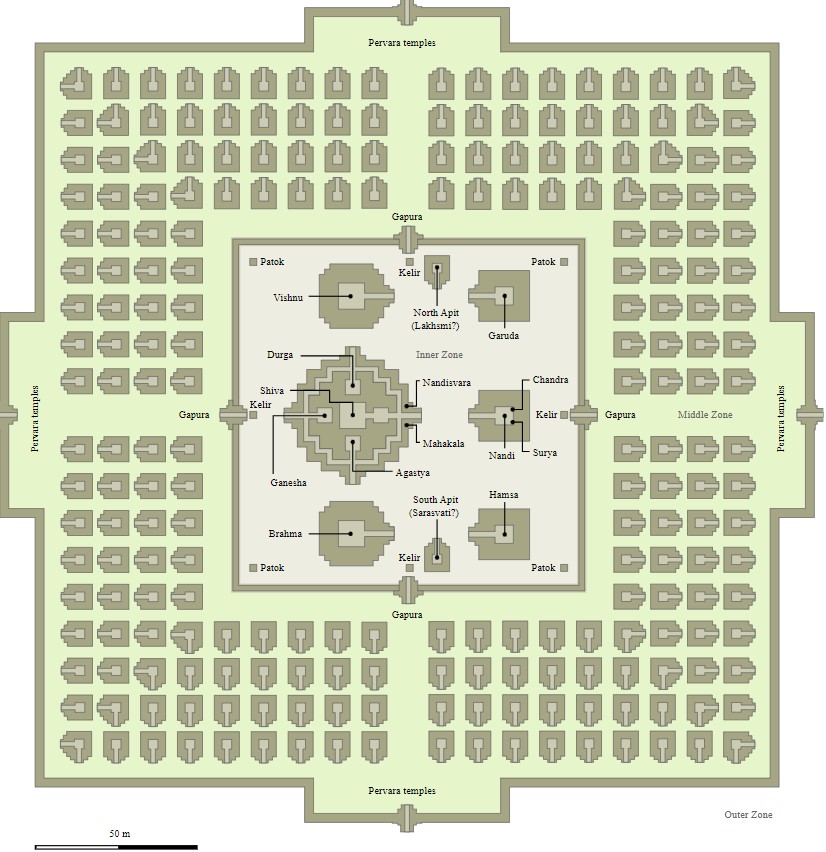



The second courtyard, is rectangular covering 222 m2. This courtyard consists of four terraces, with a total of 224 identical (6m square and 14m tall) temples. Almost all the temples in the central courtyard are currently in ruins.







The inner courtyard is considered the most sacred place it has a rectangular floor plan covering an area of 110 sqm. Three of the 8 main temples are called Trimurti (“three forms”) temples, dedicated to the 3 highest Hindu gods: God Brahma the Creator, Vishnu the Preserver, and Shiva the Destroyer (the biggest and central one).
In front of the Trimurti temple there are 3 smaller temples that have been dedicated to the transportation of the gods (the ox Nandi is Shiva’s vehicle, the swan is Brahma’s vehicle, and the Garuda is Vishnu’s vehicle).
At 3pm every day you are kicked out of the main temple (zone 1) but can hang out (in zone 2) for the next few hours. In the same complex as the Prambanan Temple you will also find the Lumbung , Bubrah and Sewu Temples (allegedly the best place for the sunset photos). Added to this is the Archaeological museum.




There has been a lot of effort that has gone into the restoration of these temples and the newer works are quite obvious (possibly even amusing). There has been an element of improvement as opposed to restoration that has been taking place.






In reality it was only the western tourists that ventured beyond the main temple (on foot anyway). The local tourists looked at Prambanan and the really adventurous ones caught an electric golf cart to Sewu and ignored the rest. It was only the few of us that hiked the whole complex and viewed each of the temples.
Borobudur
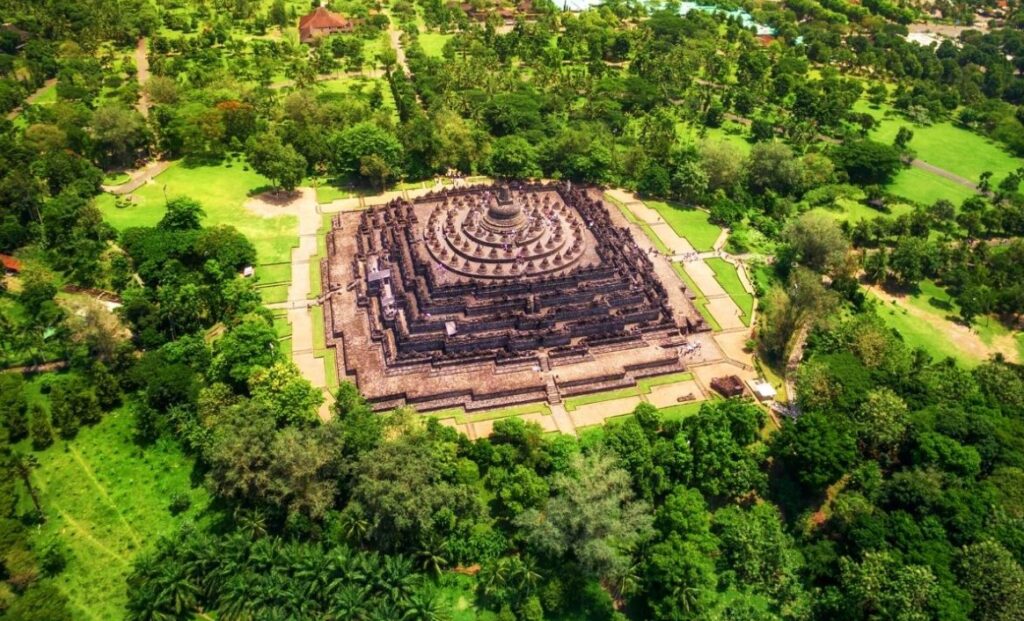
Borobudur is the largest Buddhist temple or shrine in the world, it was established in the ninth century and covers a square of 123 meters, with 9 platforms – the first six are square and the last 3 are circular.
In the 14th century, when Java’s population converted to Islam, the temple was abandoned and people forgot about it. In 1814, the British ruler of Java (Sir Thomas Stamford Raffles), re-discovered the temple with the help of a few locals. According to Buddhist teachings…this monument is a model of the universe and was built as a holy place to glorify Buddha as well as functioning as a place of pilgrimage to guide mankind from the realm of worldly desires to enlightenment and wisdom.







Borobudur built in the style of Mandala which symbolizes the universe in Buddhist teaching. This structure is square shaped with four entry points and a circular center point. Working from the outside in apparently the three zones of consciousness are represented, with the central sphere representing unconsciousness or Nirvana.




The temple walls are decorated with 2,672 relief panels and (originally) 504 Buddha statues, the largest and most complete collection of Buddhist reliefs in the world. The main stupa crowns the building and is surrounded by three circular rows of 72 perforated stupas (with a Buddha statue in lotus position in each).



As a tourist 400,000 ($40) rupees will get you in and the price for locals is 50,000 ($5). It is an extra $7.50 to climb to the top but be warned, these are bought out by the tour operators days in advance. They are available on the day but at full price (even if you have already bought the normal entry ticket on line).




Borobudur is on all a bunch of the bucket list items that generally surface. The spiels say that it ranks with Angkor Watt and Bagan as one of the great archaeological sites of Southeast Asia. Having been to all three, suffice to say that Jill and I were underwhelmed. It was ok but it was not worth the flights, accommodation, hellish car ride, high entrance costs and return journey. This will go in the OK been there done that category rather than the wow box.